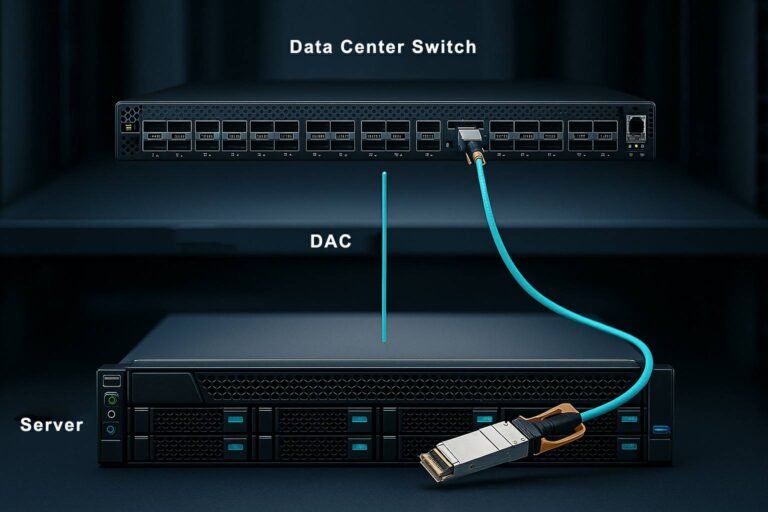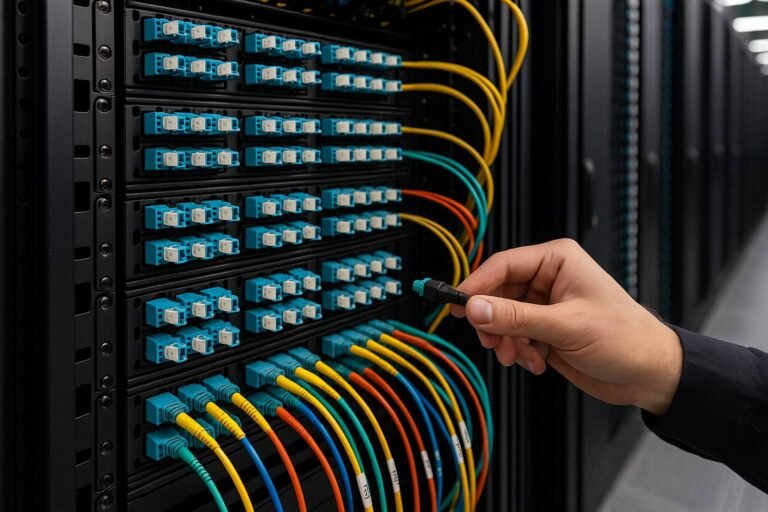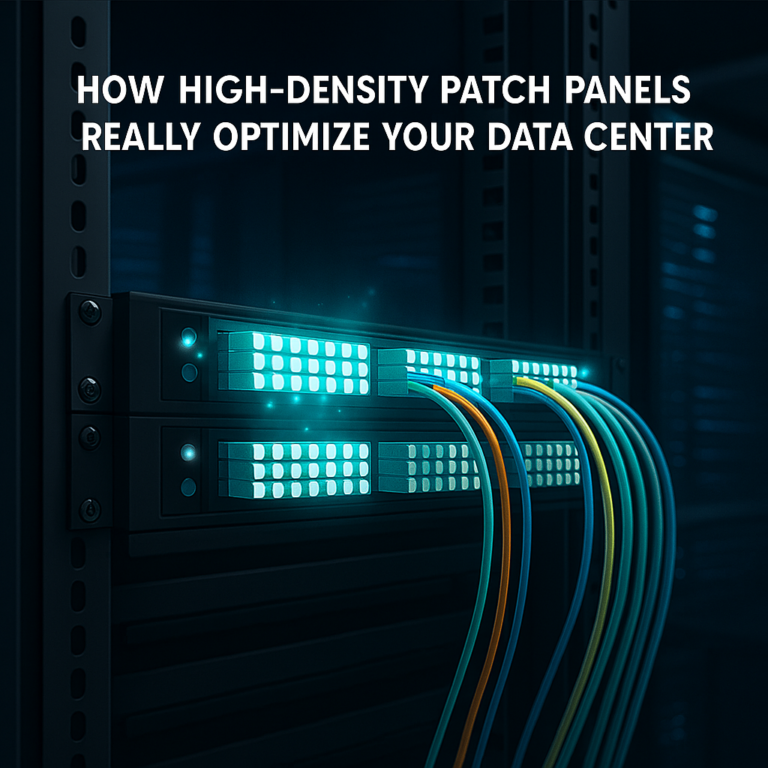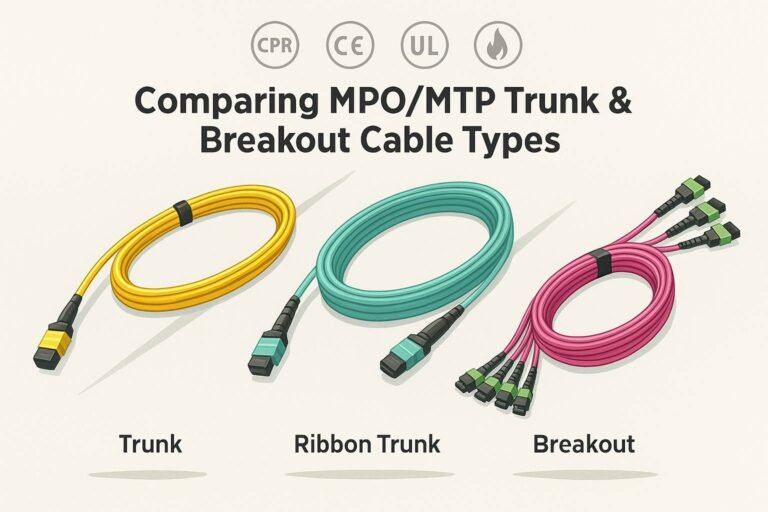How Can You Compare OPGW Cable Prices Effectively?
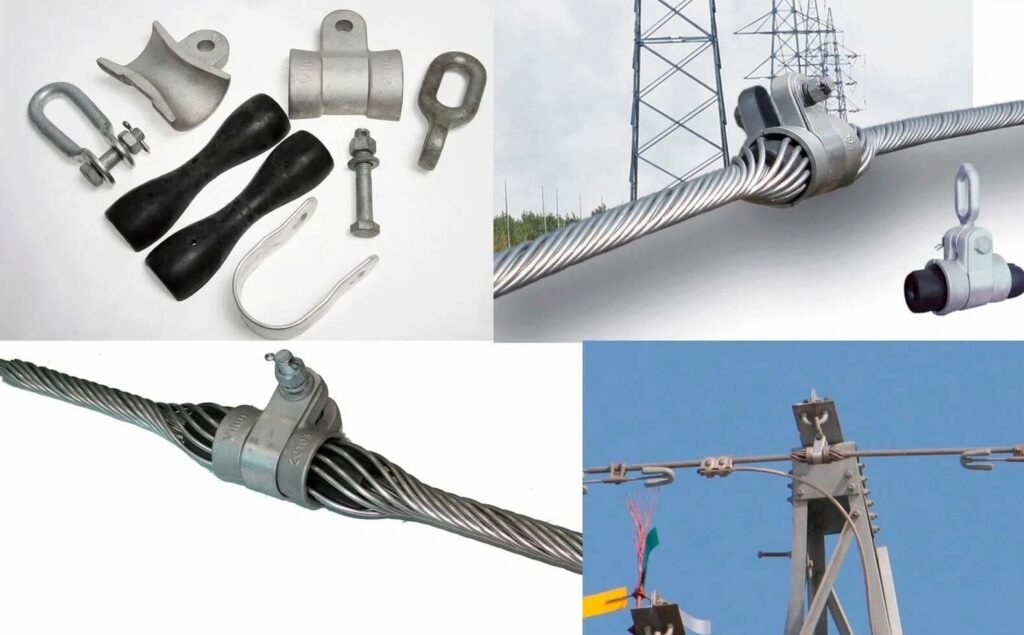
In the fast-evolving world of telecommunications, understanding the variables that influence OPGW (Optical Ground Wire) cable pricing1 can be challenging. As market demands increase, so do the complexities involved in selecting the right cable for your needs. How can you navigate these complexities to make informed purchasing decisions?
The price of OPGW cables varies based on several factors, including the number of fiber cores2, cross-sectional area3, and specific application requirements4. Understanding these elements is crucial for making cost-effective decisions, as they significantly impact the price per meter.
When diving into the world of OPGW cables, the choices can be overwhelming. Imagine planning a large-scale project where every cent counts. Knowing the price variables can save both money and effort, ensuring that you choose not only the most cost-effective but also the most suitable option for your requirements. Let me share my experiences and insights to help you make the best decision for your telecommunications infrastructure.
What Factors Impact the Price of OPGW Cables?
The pricing of OPGW cables is not straightforward. Here's a breakdown of the primary factors influencing their cost.
The more fiber cores an OPGW cable has, the higher the cost. A 48-core cable5, for instance, is generally more expensive than a 12-core or 24-core cable, reflecting the increased capability and material usage.
Understanding how each factor affects cost can simplify the decision-making process. For example, a telecom engineer working on a rural project might prioritize fewer cores to maintain a budget, while an urban infrastructure might require higher core counts for extensive data transmission.
How Does the Number of Fiber Cores Affect Price?
The number of fiber cores in an OPGW cable is a crucial determinant of its price. More cores generally mean a higher cost due to increased material and production complexity.
OPGW cables with more fiber cores cost more due to the additional materials and complexity involved. A cable with 48 cores will typically be significantly more expensive than one with 12 or 24 cores.
Example: Core Count vs. Cost
| Number of Fiber Cores | Approximate Cost (per meter) |
|---|---|
| 12 | Lower cost |
| 24 | Moderate cost |
| 48 | Higher cost |
Telecom engineers and product managers should consider the trade-offs between capacity and cost when selecting OPGW cables, ensuring that the number of cores aligns with project needs and budget constraints.
I recall working on a project in Shenzhen where budget constraints were tight. We opted for a 24-core OPGW cable instead of the more expensive 48-core option. This decision balanced our financial limitations with the project’s data transmission requirements, ensuring that we met our performance goals without overspending.
How Does the Cross-Sectional Area Influence OPGW Cable Pricing?
The cross-sectional area of an OPGW cable3 affects its price significantly. Cables with a smaller cross-sectional area are typically less expensive than those with larger ones.
Smaller cross-sectional area cables cost less compared to larger ones, impacting the overall price. This is due to the material volume used in manufacturing.
Example: Cross-Sectional Area vs. Cost
| Cross-Sectional Area (sq mm) | Approximate Cost (per meter) |
|---|---|
| 35 | Lower cost |
| 150 | Higher cost |
This table illustrates how choosing a cable with an appropriate cross-sectional area can balance performance and cost, especially important for project managers working within budget constraints.
In one of my projects, selecting a cable with a 35 sq mm cross-sectional area instead of a 150 sq mm option allowed us to allocate funds more effectively without compromising on the necessary performance standards. This strategic choice was pivotal in keeping the project within budget while still meeting all technical requirements.
What Are Other Considerations Affecting OPGW Cable Prices?
Beyond fiber cores and cross-sectional area, several other factors contribute to OPGW cable pricing.
Additional Considerations
Quality of Materials: High-quality materials ensure better durability and efficiency but come at a higher cost. Investing in premium materials can lead to longer cable lifespans and reduced maintenance costs over time.
Specific Application Requirements: Custom specifications can lead to price variations4. Tailoring cables to meet unique project needs, such as enhanced shielding or specialized coatings, increases production complexity and costs.
Regional and Construction Costs: Geographical location and construction expertise impact installation expenses. Projects in remote or challenging terrains may incur higher costs due to transportation and labor complexities.
For instance, during a project in the Middle East, the extreme temperatures and harsh environmental conditions necessitated the use of specially coated OPGW cables. While this increased the initial cost, it ensured that the cables remained functional and durable in such demanding conditions, ultimately saving on long-term maintenance and replacement costs.
How Do Installation and Cost Compare Between OPGW and ADSS Cables?
Installation complexity and cost are critical factors when choosing between OPGW and ADSS cables. These factors can influence project timelines and budgets significantly.
OPGW cables require more complex and costly installation processes6 due to grounding needs. In contrast, ADSS cables are easier and more cost-effective to install, often utilizing existing infrastructure.
From my experience, the decision between these two cable types often comes down to balancing the initial installation costs against the long-term benefits they provide.
Installation of OPGW Cables
- Complex Process: Requires precise grounding and coordination.
- Higher Costs: Due to specialized installation needs and equipment.
- Specialized Training: Installation teams need to be well-versed in handling both electrical and communication components.
- Safety Measures: Additional safety protocols are necessary to handle high-voltage environments.
Installing OPGW cables is no small feat. The process involves ensuring that the metallic core is properly grounded, which necessitates specialized equipment and meticulous execution. During a project in a remote area, the installation team faced challenges related to difficult terrain and the need for precise tensioning. However, the investment paid off as the cables provided both effective grounding and reliable data transmission capabilities. This dual functionality not only enhanced the system's reliability but also reduced the need for additional infrastructure, leading to long-term cost savings.
Installation of ADSS Cables
- Ease of Installation: Can be installed on existing structures.
- Cost-Effective: Lower overall costs and faster deployment.
- Flexibility: Suitable for various terrains and urban environments.
- Minimal Safety Concerns: Being all-dielectric, they pose fewer electrical hazards.
On the flip side, ADSS cables offer a more straightforward installation process. They can be easily strung along existing poles and towers without the need for additional grounding infrastructure. In a recent urban telecommunication project, the use of ADSS cables allowed for a rapid deployment schedule, reducing both labor costs and project timelines. Their lightweight and flexible nature made them ideal for installations in areas with limited access and complex infrastructure, ensuring that the project stayed on budget and was completed on time.
What About Environmental and Mechanical Resistance?
Environmental resilience and mechanical strength are crucial for cable longevity. OPGW and ADSS cables each offer distinct advantages in these areas, largely due to their material composition.
OPGW cables provide robust mechanical support and resistance to environmental hazards due to their metallic components. ADSS cables offer excellent resistance to environmental factors like UV rays and EMI thanks to their non-metallic construction.
Each cable type is engineered to withstand the specific challenges posed by their installation environments, ensuring long-term reliability and performance.
Environmental Resistance of OPGW Cables
- Mechanical Strength: Withstands physical stress and harsh environments.
- Electrical Protection: Designed to handle electrical surges and faults.
- Weather Resistance: Resists damage from lightning, wind, and ice.
- Durable Coatings: Protects against corrosion and environmental degradation.
OPGW cables are built to endure the rigors of high-voltage environments. Their metallic cores not only provide mechanical strength but also offer protection against electrical surges, such as lightning strikes. During a severe storm in North America, the OPGW cables I worked with demonstrated exceptional resilience, maintaining both grounding and communication functionalities despite the extreme weather conditions. Their ability to resist corrosion and withstand physical stress ensures that they remain operational and reliable over long periods, even in the most challenging environments.
Environmental Resistance of ADSS Cables
- UV and Temperature Resistance: Withstands harsh environmental conditions.
- EMI Immunity: Perfect for high-interference areas.
- Moisture and Corrosion Resistance: Protects against water ingress and corrosion.
- Flexible Materials: Adapts to varying environmental stresses without degrading.
ADSS cables excel in environments where electromagnetic interference is prevalent. Their all-dielectric design makes them immune to interference from nearby electrical systems, ensuring uninterrupted data transmission. Additionally, their UV-resistant coatings protect against sun degradation, while their construction materials withstand extreme temperatures and moisture levels. This makes ADSS cables ideal for installation in areas with fluctuating weather patterns and high electromagnetic activity. For instance, in a coastal project where salt spray and high humidity were concerns, ADSS cables performed exceptionally well, maintaining their integrity and functionality without any signs of corrosion or degradation.
Conclusion
Choosing between OPGW and ADSS cables hinges on the specific needs of a project. OPGW cables are ideal for high-voltage power systems, where grounding and communication are necessary. They offer robust mechanical strength and dual functionality, albeit at a higher installation cost. ADSS cables, however, are better suited for telecommunications, especially in high-EMI environments, where their non-metallic nature offers significant advantages. They are cost-effective, easy to install, and resistant to environmental conditions. Understanding these differences ensures optimal performance and cost-efficiency for your fiber optic network needs.
Overall, OPGW cables are not just a technical innovation; they are a strategic asset in the pursuit of a more connected and resilient infrastructure. My journey with ABPTEL has reinforced the importance of such technologies, and I am excited to see how OPGW and ADSS cables will continue to shape the industries they serve. Whether enhancing power grid stability or ensuring seamless data transmission in telecommunications networks, both cable types play pivotal roles in modern infrastructure development.
By carefully assessing the unique requirements of your projects and understanding the strengths of each cable type, you can make informed decisions that drive efficiency, reliability, and long-term success. Embracing the right fiber optic technologies not only optimizes operational performance but also positions your organization at the forefront of innovation in the ever-evolving telecommunications landscape.
Footnotes
-
Understanding how market and technical factors influence OPGW cable pricing is crucial for making cost-effective decisions and planning budgets accurately. ↩
-
The number of fiber cores directly affects the cost due to increased material and production complexity, a vital factor for project scalability. ↩
-
Cross-sectional area affects costs because it determines the volume of material used, influencing both performance and budget. ↩ ↩
-
Specific application requirements can lead to significant price variations due to customization, affecting both the choice and cost of OPGW cables. ↩ ↩
-
A 48-core cable typically incurs higher costs but is necessary for high-capacity, demanding telecommunications projects. ↩
-
The installation process for OPGW and ADSS cables varies in complexity and cost. OPGW installation is typically more involved due to the need for grounding and specialized equipment, while ADSS installation is generally simpler and more cost-effective, leveraging existing infrastructure. ↩

